International students return: how real estate will be affected
The absence of international students has reshaped our property market. Now they have returned, things are set to change again.
Property
Don't miss out on the headlines from Property. Followed categories will be added to My News.
Some 7000 international students flew back into Australia last month to resume study on campus ahead of the university term resumption. They join the 56,000 that arrived back last year.
Hundreds of thousands more will hopefully return with the reopening of our borders.
Pre-Covid student numbers were at 400,000, so border closures in early 2020 devastated Australia’s $40bn international education sector. Ditto property landlords, small and institutional.
And it could be a long time before those numbers return.
International students ranked as Australia’s largest services export sector, and recent Australian Bureau of Statistics data calculated it yielded $22.5 billion in funds in 2021, down from $40 billion in 2019.
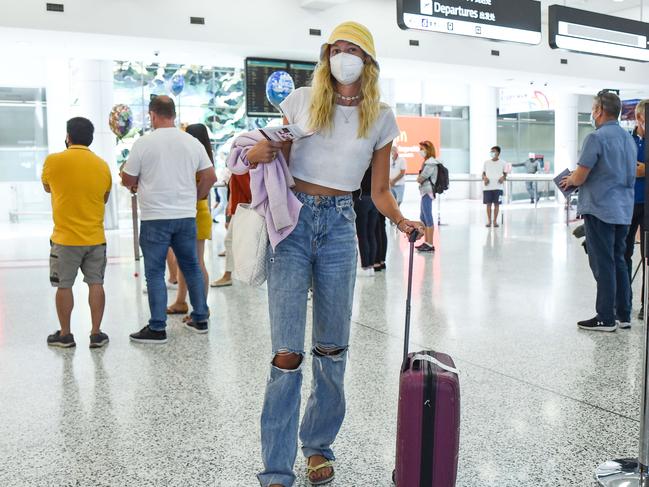
With some 100,000 students now attending via offshore digital access from their own country, the international student market is going to be very different for the next few years. It is hoped there will be sufficient students come and then work in a part-time capacity in the economy.
Their absence has been so harmful to employers – and our inflation rate – with the Prime Minister Scott Morrison seemingly unaware of the consequences of his narrow priority for just the return of Australian residents in terms of arrivals.
I’ve long written that specific quarantine facilities away from easily pandemic paralysed inner capital cities ought to have been the early remedy for seeing the return of international students.
Phil Honeywood, the CEO of the International Education Association of Australia, expressed desperation during 2021.
Schemes to bring back students were raised as early as June 2020, but all the state plans were put on hold given the absence of designated safe quarantine facilities, until the recent opening of Wellcamp at Toowoomba.
What has been interesting is that the so-called student suburbs have nonetheless done well in the property price growth uptick through 2021, although more so in the house market than the apartment market.

Suburbs especially near universities in Sydney were initially the hardest hit as international students made up 25 per cent of residents before Covid, according to a study by the Mitchell Institute.
But suburbs such as Kingsford and Kensington, near The University of NSW, saw strong price growth in 2021.
It has been taken advantage of by investors who have departed the market, and shrunk available lettings. Kensington’s apartment median for instance jumped from $857,500 in 2020 to $949,000 last year, according to realestate.com.au.
Co-founder of the Juwai website Georg Chmiel believes returning students may be forced out of the inner city and instead spread wider.
“You may see them leasing in a more diverse range of suburbs as they find apartments in their traditional neighbourhoods aren’t just sitting empty waiting for them to return,” Chmiel said.
“And you will see more students concentrate in purpose-built student housing.”
‘LAG COMPONENT’ WHEN RATE RISES WILL HIT HOME PRICES‘
Any property price decline prompted by official rises of the RBA’s cash rate would not likely show up in median dwelling price data until about a year after rates started to move, CoreLogic has suggested.
Its research director Tim Lawless affirmed that previously when the cash rate rose housing values fell about 84 per cent of the time.
“And vice versa, of course. If you look at the lag component, it actually has the best fit about 12 months after a cash rate move,” Lawless told News Corp papers.
CoreLogic added that if there was a rapid rise in interest rates, then that would have “more of an impact on the downswing phase.”
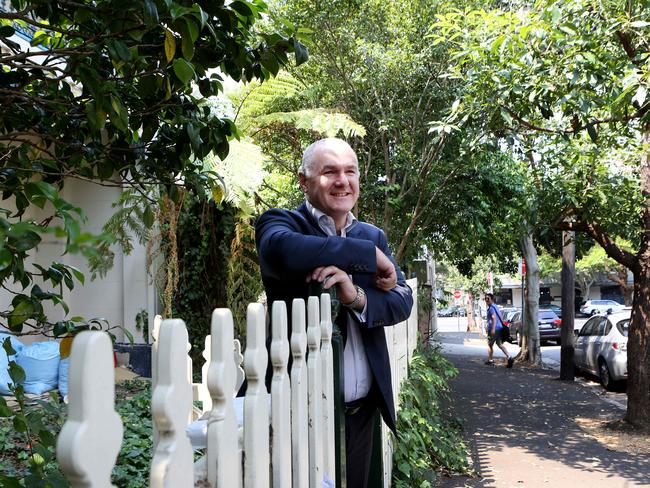
The commentary came after recent inflation figures prompted many more economists to think the first RBA rate rise will come this year, not in 2023 or 2024 as had been long thought the most likely.
The big four banks have yet to amend their national property price forecasts for 2022 and 2023 with their new rate rise projections in mind. For instance CommSec chief economist Craig James brought forward its timetable on the first interest rate hike from November to August.
The CBA expects house prices to rise 7 per cent in 2022, and fall by up to 10 per cent next year. The biggest anticipated price gain is expected by Westpac, which forecasts an 8 per cent rise in 2022 and a 5 per cent correction in 2023.
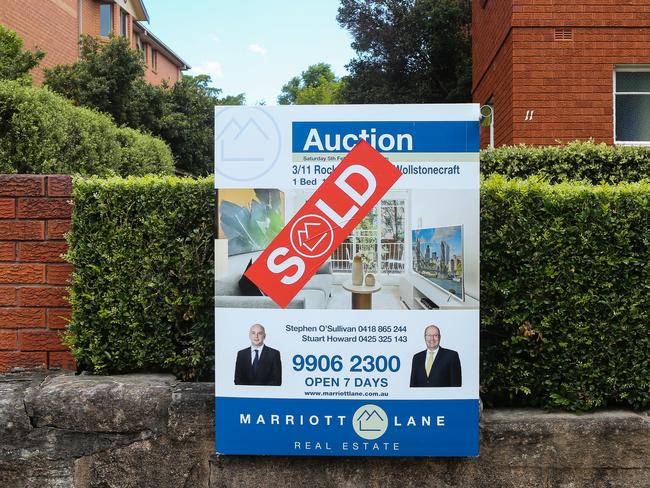
ANZ’s outlook is a 6 per cent price hike this year followed by a 4 per cent drop in 2023. The NAB has forecast a 4.9 per cent gain in 2022 and then a 4 per cent fall in 2023.
These national figures are only broadly indicative because drill down and for instance Westpac sees Sydney going up 6 per cent this year, so less than the national figure, while its 6 per cent fall, would be greater than their anticipated national downturn.
Brisbane, however, is tipped by Westpac to rise by 10 per cent this year and fall in 2023 by just 1 per cent.
CoreLogic endorses the consensus forecast of price growth this year somewhere between 5 and 7 per cent.
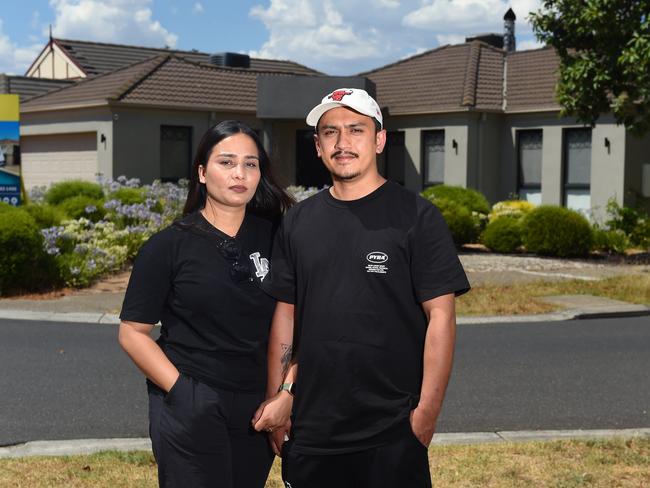
While any escalating price in 2022 will be the cherry on the cake for homeowners, there’s no doubt that the low home loan rates enjoyed since the RBA’s last rate rise on Cup Day, November 2010 could see borrowers pushed into mortgage stress in the years to come.
Recent Canstar analysis shows that if the cash rate rose by 0.25 percentage points and lenders passed this on in full, a residential borrower with a $1 million mortgage on the average variable rate of 3.09 per cent would see their monthly repayments rise by $137 to reach $4402.
Were there to be, say, four increases over the course of the cycle, it means monthly repayments would rise by $561 to $4826.
That is quite a stretch for households who’ve perhaps never experienced such an occurrence which means their spending elsewhere gets squeezed out.
That will play havoc with the economic recovery from the pandemic.

REAL ESTATE POLICY UNDER FIRE AHEAD OF FEDERAL ELECTION
Have no doubt the federal election will be a key factor in the property market direction this year. The March budget could set the stage but housing initiatives might be saved for the May election campaign.
Housing affordability is a major campaign issue, just behind climate change, according to a YouGov survey for News Corp. The issue will likely see a spendathon in proposals from both major parties.
Not too much said yet, other than on social housing, by Opposition leader Anthony Albanese. But he’s ensured the policy divide won’t be as stark as in 2019 when Bill Shorten was proposing negative gearing and capital gains tax revisions, now ditched.

Already the policy argy-bargy is underway.
There was a strong opening shot earlier this month from Jason Falinski, the federal Liberal MP who chairs the parliamentary inquiry into housing affordability and supply which is set to report when parliament resumes. He claimed any country with as much land as Australia, along with high wages for workers, “should have the most affordable housing in the world, not the least.”
He said the longer he investigated housing affordability, it became more apparent that the usual scapegoats are distractions from the real reasons for “intergenerational theft.”
Falinski pointed the finger at those blaming migrants for high prices, noting that “in the last two years, prices climbed by over 20 per cent while our immigration intake was zero.”
He said another scapegoat had been investors, adding that since 2019 property investing had fallen “to dangerously low levels.”
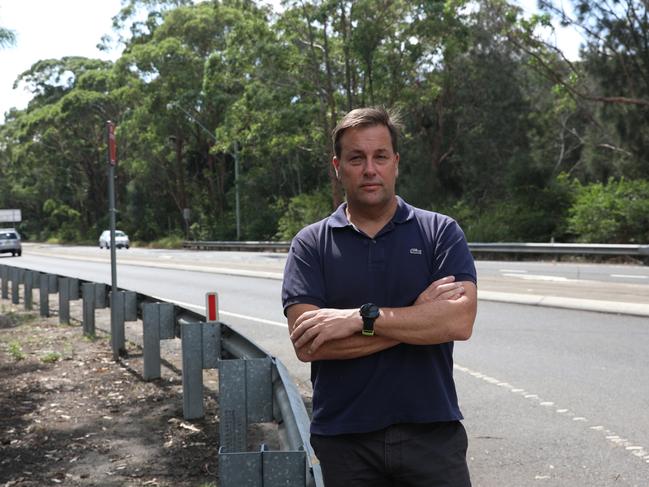
“Supply of rental properties did not keep pace with demand,” Falinski said.
“Now rent increases are making it more difficult for people buying their own home to save for a deposit.”
He feared Australia was on the verge of dividing into two classes, and forecast we could see the trend in the USA of people leaving highly regulated planning districts for more liberal states.
Falinski is especially concerned the future will be determined by “whether your parents owned their home”, given their capacity to then be the bank of mum and dad.
Falinski has concluded the affordability challenge comes down to not building enough homes – and that state and local government was to blame for under-building for many years. And he cites Housing Industry Australia data showing 50 per cent of the cost of a home and land package are their tax charges, many hidden.
“Builders accused of land banking told the committee stories

of needing six permits to connect a pipe, waiting six months to get approval for wood in a staircase, or being told by one department to remove trees while being told by another to plant more.
Negative gearing was a minor issue with the focus of the debate “inverse to the cause.”
He speculates there could be many reasons for this, “but highest on my list is that the very people constraining supply are the ones benefiting from it.
“The higher home prices are, the higher taxes are.”
That amounts to putting the state and local governments in the firing line during the election campaign.





